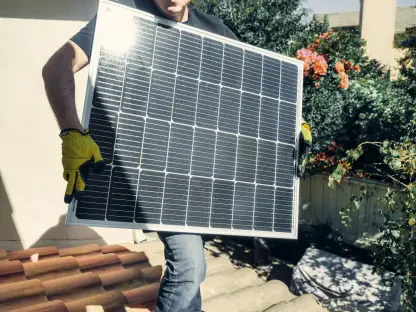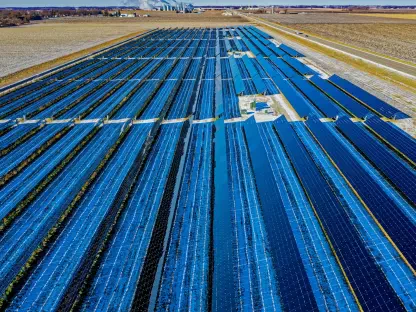In the heart of California’s fertile agricultural region, the San Joaquin Valley, the conundrum of food waste demands attention, spurred by California’s ambitious SB 1383 law mandating a dramatic reduction in organic waste disposal by 2025. The urgency to divert food waste from landfills is palpable, yet the path to achieving such a feat remains complex, particularly among disadvantaged communities lacking adequate resources. In the backdrop of the valley’s struggling air quality, the challenge is further heightened as the permitting of large-scale composting facilities faces hurdles. Led by Aaryn Wilson from the University of California Merced, a study in partnership with the Central Valley Community Composting group delves into whether community composting can rise to meet this pressing issue, offering a blend of scaled solutions suited to community needs.
Food Waste Analysis
Wilson’s research sheds light on the sheer volume and nature of food waste generated by households in the region, with over 100 households from three counties participating in the study. Intriguingly, the findings revealed an average annual household food waste of 460 pounds, with more than half, precisely 53%, identified as “edible.” This revelation underscores the need for more effective food management and education, as the significant portion of food deemed suitable for consumption highlights a squandered opportunity to relieve hunger and reduce waste. The study’s broader insights, particularly the discovery that food waste generation did not demonstrably correlate with household income levels, point to a systemic issue pertinent across economic strata.
Further exploring these food waste patterns, the researchers uncovered that producing excessive food waste is not confined to any one socioeconomic group. This broad-based pattern suggests that widespread education on food waste reduction and better resource management could be impactful in curbing food insecurity. Especially since the lack of correlation between income and food waste generation indicates that educational initiatives could find receptive audiences across diverse communities. Thus, fostering awareness about practical food utilization and spoilage prevention becomes a viable strategy in addressing food waste universally.
Community Attitudes Toward Composting
In tandem with food waste analysis, survey data collected from participating households revealed a burgeoning interest in composting methods, albeit with a notable variance influenced by convenience. Significantly, 79% of respondents expressed a willingness to compost at home, demonstrating a readiness among the community to embrace more sustainable waste practices. This enthusiasm extended to curbside pick-up programs, with 74% of households favoring such an option. However, the inclination towards community composting drop-off points was markedly lower, with only 26% showing interest, highlighting that convenience significantly drives participation rates.
These findings illuminate a critical aspect of implementing successful composting initiatives: the necessity to integrate convenience and accessibility. The contrasting receptivity towards different composting methods suggests that more personalized approaches, such as home composting or convenient curbside services, might distinctly appeal to residents of the San Joaquin Valley. Therefore, doubling down on infrastructure that supports these preferences can potentially yield higher participation rates and more effective food waste management. Additionally, developing educational campaigns that underscore the ease and benefits of composting could further galvanize community engagement.
The Path to Effective Community Composting
Survey data in conjunction with food waste analysis highlighted a growing interest in composting among households, though influenced by convenience. Notably, 79% of respondents signaled their willingness to compost at home, indicating community readiness for sustainable waste practices. In addition, 74% of households preferred curbside pick-up programs. However, community composting drop-off points saw lower interest, with only 26% showing support, underlining the significant role convenience plays in participation.
These insights reveal a key factor for successful composting initiatives: integrating convenience and accessibility. The varying levels of interest in different composting methods suggest that more personalized options, such as home composting and easy curbside services, may appeal notably to residents of the San Joaquin Valley. Focusing on infrastructure that supports these preferences can lead to higher participation rates and more effective food waste management. Additionally, creating educational campaigns that highlight the ease and benefits of composting could further boost community involvement and solidify engagement.









